Power
advertisement
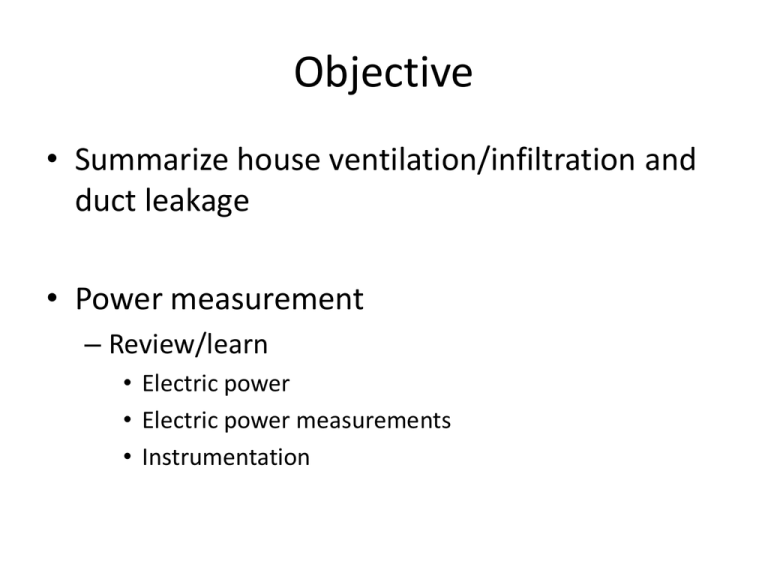
Objective • Summarize house ventilation/infiltration and duct leakage • Power measurement – Review/learn • Electric power • Electric power measurements • Instrumentation Summary of last week lab measurements • Not quite successful filed work – …… – ….. –… • Data are posted on the course website Air Handler Flow Measurement • Often need to know flow through air handler – Historically many methods, all problematic: • Non-uniformity of flow (i.e., very turbulent) • True Flow Plate – Specialized type of orifice – Replaces filter – Gives air handler flow • Pressure correction 3 3 Duct pressurization Duct and house pressurization Nulling test • Use a Duct Blaster as envelope fan to “null out” change in envelope pressure caused by unbalanced duct leakage • First with normal operation –unbalanced leakage • Second with return isolated and a Duct Blaster assisting the AH fan so there is no return leakage –supply leakage • Difference is return leakage • Measures leakage directly – Thought to be accurate • Very sensitive to wind General Comments about Fan Tests • Buildings are complicated, go slowly and methodically – Practice/experience are key – Practical matters (HVAC turned on, someone stepped on a tube, wind, etc.) untapped register, etc. are very important • Cardboard and tape are useful research tools/skills Why to know about power measuring techniques • Used fro any kind of energy consumption monitoring of building and/or building systems • Electric power is used in various indoor environment experiments to generate heat source 8 Some examples of power measurements Fan power for air movement 9 Heat generated by thermal manikin Voltage and Current I [A] V [V] AC or DC current source 10 R [Ω] Power measurement • V = IR I [A] • P = VI = I2R Are these for : A) AC or B) DC or C) both? 11 V [V] R [Ω] Single-Phase vs. Three-Phase For three phase: P = √3 E IV-V Single phase 3 wire system Common for US residential buildings 12 Or P = 3 E I V-N Ref: Tao and Janis (2001) Voltage measurement I [A] V voltmeter R [Ω] Current measurement I=V/Rshunt 13 Other methods for current measurement Measure Induction 14 Electric energy vs. Electric power Electromechanical induction watt-hour meter Counts the revolutions of an metal disc which rotates at a speed proportional to the power. 15 Use magnetic flux AC circuits Reminder - Quick Reference Check for this class Check for your general education http://hyperphysics.phy-astr.gsu.edu/hbase/electric/accircon.html#c1 Power factor Voltage current phase Power: P()=V()·I() 17 P() Power factor Voltage current phase shift Devices in electric motors 18 Voltage current phase-shift Power factor P() P=I·V·cos Φ Power factor = cos Φ Some facts about Power factor • Low power factor is expensive and inefficient • Utility companies charge large commercial and industrial customers an additional fee when power factor is less than about 0.95. • Low power factor reduces an electrical system’s distribution capacity by increasing current flow and causing voltage drops. • Increasing power factor you can reduce electric bills and enhance your electrical system’s capacity. 20 Portable power meter and data logger 21 Single phase two wire 22 Single phase three wire 23 Three phase four wire 24 Electric power meters Large variety: + power meter with data logger Inexpensive power meter Power meter with power supply 25 Power control Lab exercise • Measure the power consumption of variable power transformer (Variac) 26
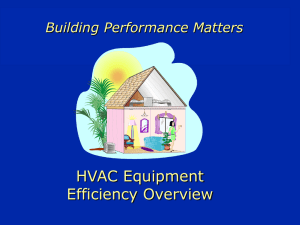
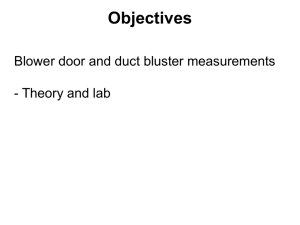
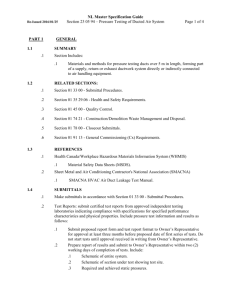
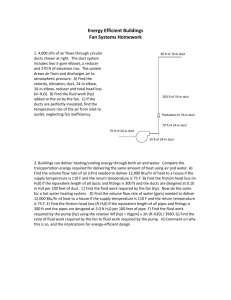
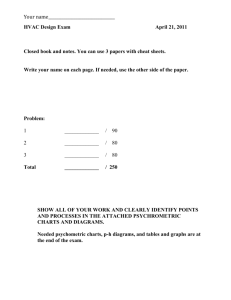

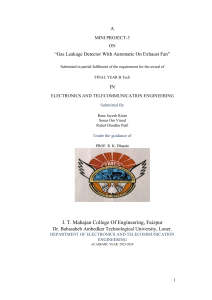
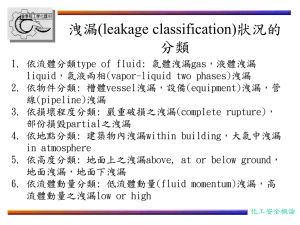
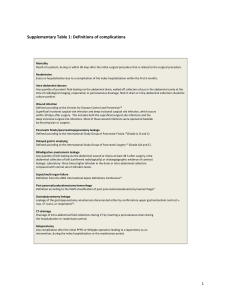

![Section 01669/Leakage Test of Hydraulic Structures [spec]](http://s3.studylib.net/store/data/007419897_1-1b5e9897de2aef63720e2aa5ff669e8a-300x300.png)
